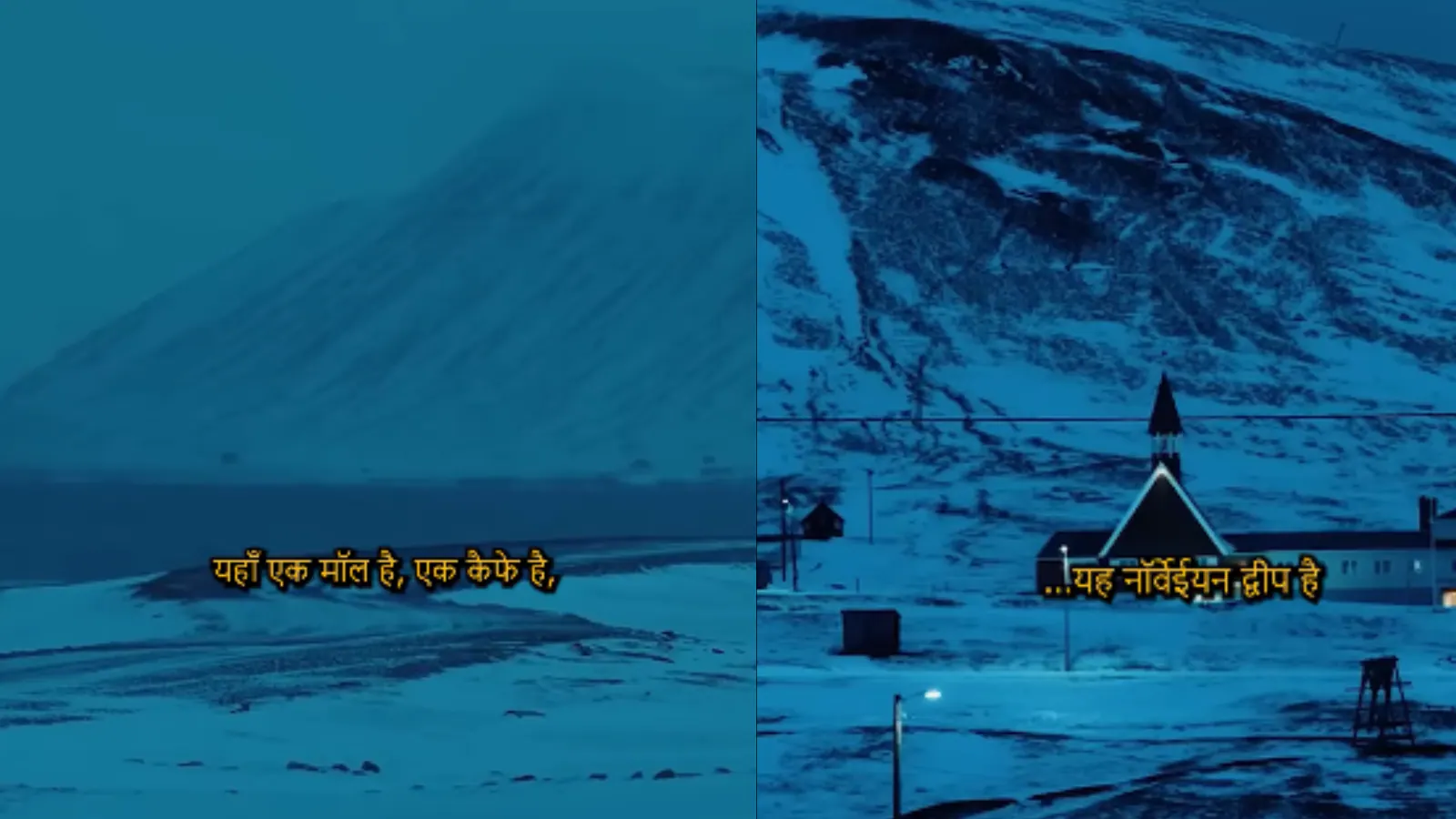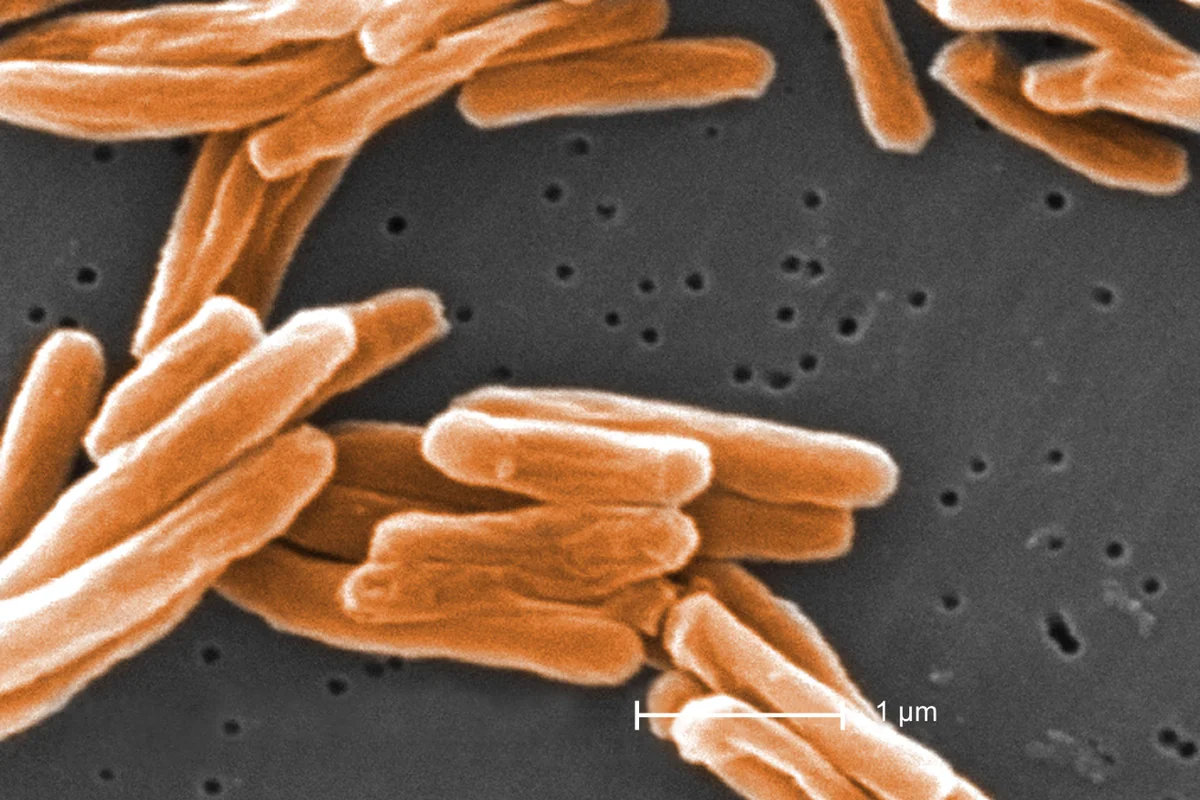Copyright news18

Norway’s Arctic island Svalbard is renowned for its unique and mysterious regulations, where the birth and death of humans are prohibited. Known as ‘Depression Island’ due to the sunless winter months that increase the risk of depression, Svalbard is governed by the 1920 Svalbard Treaty, ratified by over 40 countries. The island, part of Norway, lacks permanent hospital and funeral arrangements. Pregnant women are transferred to Tromsø on mainland Norway after 36 weeks, and the deceased are also transported there. These rules not only manage the life cycle but also safeguard the island’s fragile ecology. View this post on Instagram A post shared by @joehattab_hindi Located in the Barents Sea, 1,000 kilometres from Europe’s northern edge, the Svalbard Archipelago’s main city is Longyearbyen, home to around 2,500 people, predominantly scientists, miners, and tourists. Starting a family or spending final days here is forbidden. A local doctor explained, “We have a basic clinic but lack resources for complex deliveries or end-of-life care. Patients are immediately sent out by air.” In 2017, a woman attempted to give birth on the island but was sent away under the rules. Similarly, in 2023, an elderly person was airlifted as death approached. These incidents are rare, but the rules are stringent. The Norwegian government asserts these measures are essential for health safety, particularly as flights cease during winter. Why This Rule Matters Svalbard’s history is equally intriguing. Initially discovered in the 16th century for whale hunting, it later became a hub for coal mining. Since the 1990s, environmental protection has been the focus. The Global Seed Vault, the world’s largest seed storage facility, is located here, housing over 1 billion seeds, earning it the moniker ‘Doomsday Ark,’ crucial for safeguarding crops against climate change. Human activities on the island are restricted; keeping dogs and using plastic bags are prohibited. The birth and death regulations also ensure no new cemeteries are created, preventing soil pollution. While Svalbard already has more than 1,000 graves, no new ones are made, and the deceased are taken to mainland Norway for burial.



